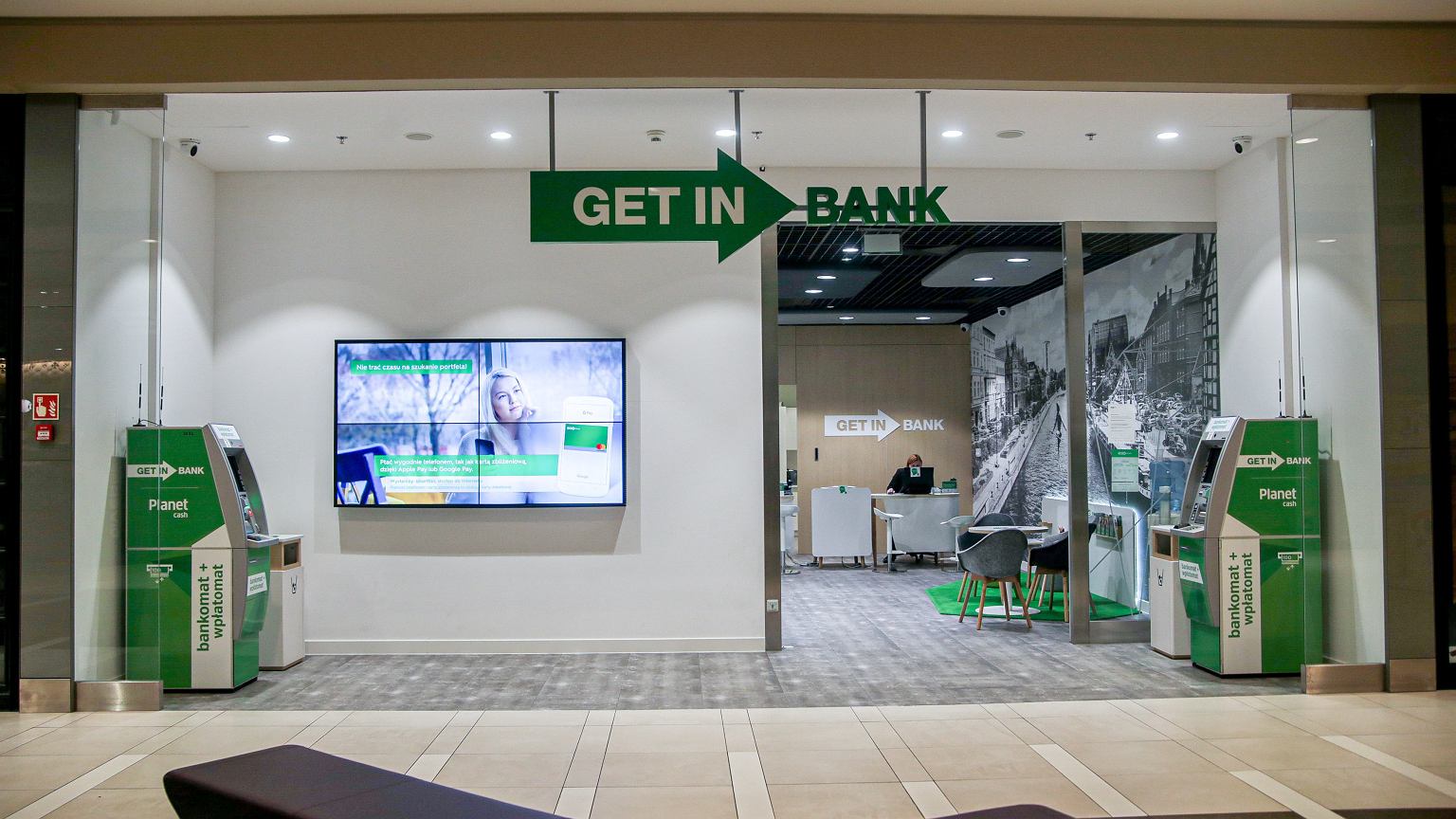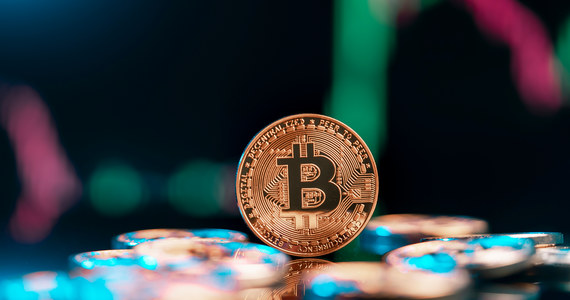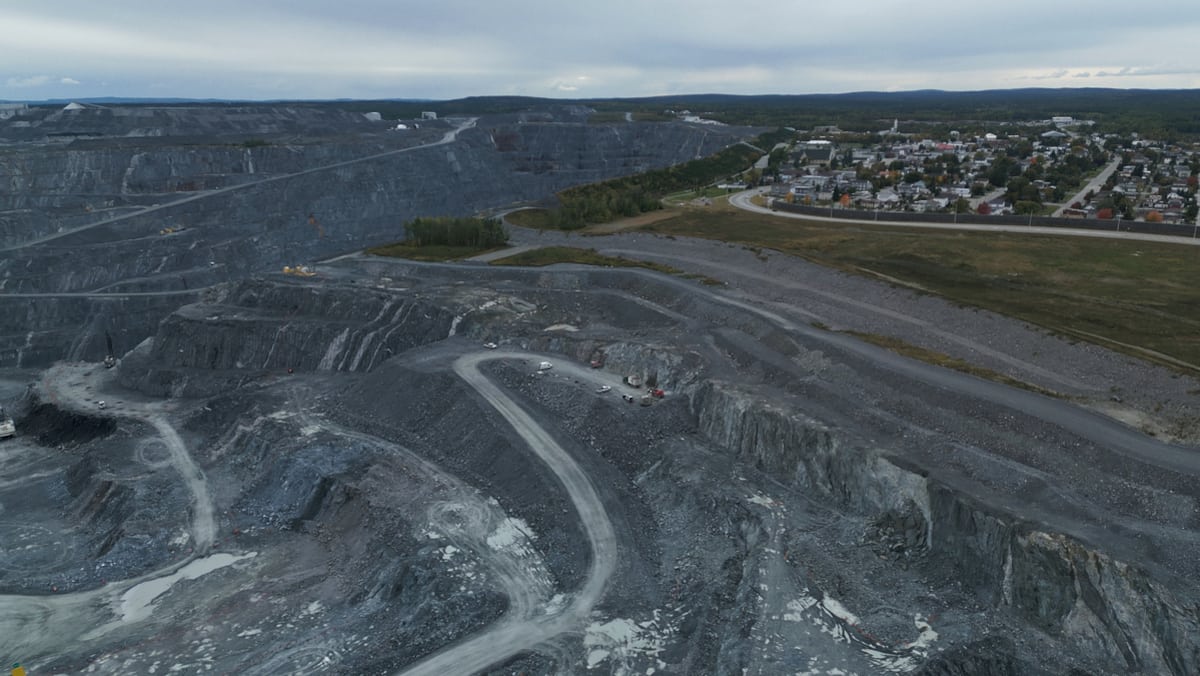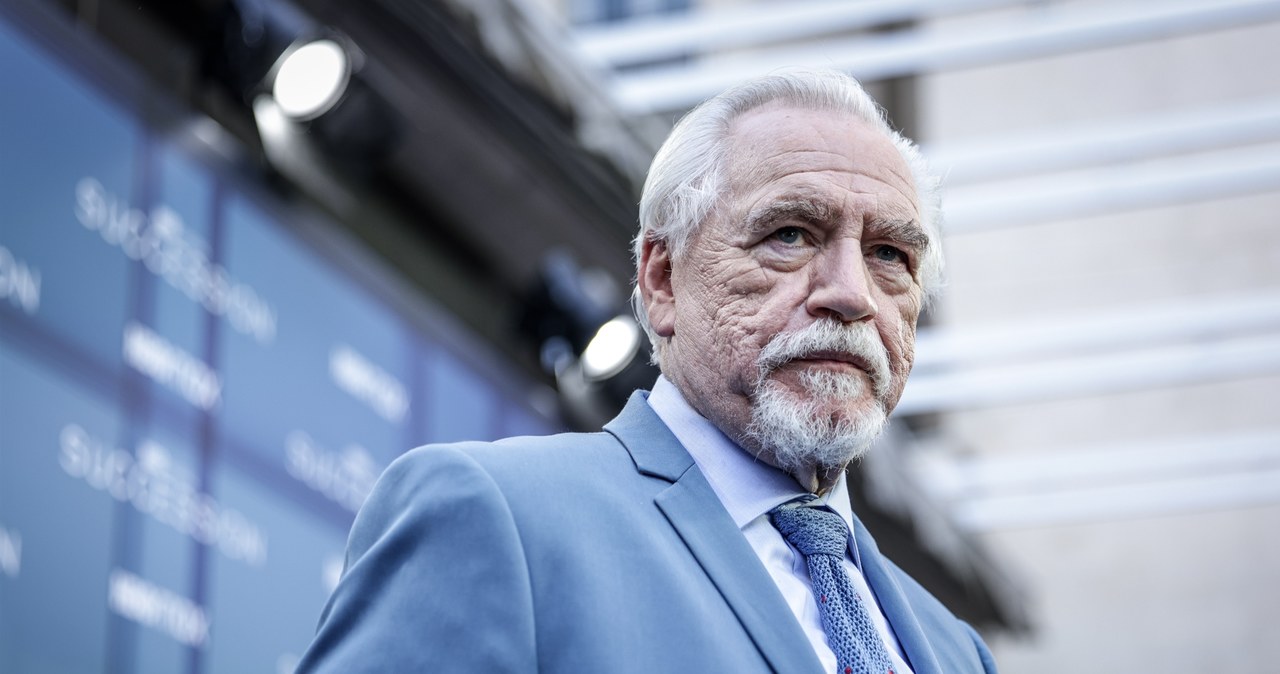A month ago I wrote about the fact that representatives of the Federal Reserve decided to play “chicken” with the financial market. Investors are stubbornly betting on a scenario in which the Fed will raise interest rates only once (in March) (and by only 25 basis points) and will actually start cutting rates in the fall. These calculations were in stark contrast to statements by Chairman Powell, who has repeatedly said explicitly that more price hikes are needed to stifle inflationary pressure in the services sector generated by an “overheated” labor market.
The market patiently listened to such statements and … completely ignored them. The impression was that investors treated Powell and the company as seriously as a spoiled 3-year-old, and that they dismissed the hawkish remarks of subsequent FOMC members with a wry smile. “Yeah, yeah, we know you’re just trying to scare us. But when it comes down to it, you wouldn’t raise your prices because you’d be afraid of how Wall Street would react. We know you well and we know you’re a scammer,” the market seemed to say.
However, the Fed got its way
But by early February, the smiles of the “fat cats” on Wall Street were starting to fade. It took the market a few days to realize that Powell was not joking at the February press conference.
– The task is not fully completed. We still have the highest inflation rate in 40 years. We have the non-residential services sector accounting for 56% of core inflation and we don’t see inflation there yet (…) It would be too early to declare victory. There are many factors driving inflation in this sector. We should see a process of deinflation in this sector, but we don’t see it yet. And Until we see it, we think we still have a long way to go – This is how the head of the US Central Bank set his priorities. Powell added that the decline in inflation that has been observed over the past few months relates only to commodities, not to the services sector.
The change in investor expectations is clearly visible in three major financial markets: interest rate, debt and currency. However, it is not visible in stock valuations on Wall Street, with stock indices still close (so far) to their highs this year and clearly above the bottom of the fall fall. On the other hand, the futures market is clear: by the end of June, the Federal Reserve Fund Rate (FFR) will rise to the range of 5.25-5.50%.
Scroll to see the entire table
| Market expected federal funds rate range for June 14, 2023. | ||
|---|---|---|
| FFR range | Probability per day: | |
| February 27th | Jan 27th | |
| 4.50-4.75% (current) | 0.0% | 8.4% |
| 4.75-5.00% | 0.0% | 51.7% |
| 5.00-5.25% | 20.9% | 36.1% |
| 5.25-5.50% | 57.2% | 3.7% |
| 5.50-5.75% | 21.1% | 0.0% |
| 5.75-6.00% | 0.9% | 0.0% |
| Source: FedWatch tool based on federal funds futures quotes. | ||
That’s a level of 75 basis points. higher than the current one by 50 basis points. Higher than a month ago, when the market base scenario was 4.75-5.00%. This means that in February, market participants came up with an additional 50 basis points over the fed funds rate. The same applies to the yield on two-year US government bonds, which rose from 4.1% at the beginning of February to 4.85% (by the way, this is the highest value since 2007). A very clear upward move was also observed in the case of the 10-year Treasury note, whose profitability increased from 3.4% to almost 4%. An increase in bond yields indicates a decrease in the market price.
Since February 2, the reaction of the currency market has also been evident. After three months of decline, the dollar has begun to make up for losses. The EUR/USD exchange rate is down more than 4% since its peak in February (above 1.10 – the highest level since April 2022), and reached 1.05515 on Monday.
Behind the fairly obvious reaction of the interest rate, debt and currency markets is the behavior of US stock prices. The latter was more expensive from mid-October to early February — at which time the S&P500 was up about 20%, on the verge of a new bull market. The primary justification for this rebound was speculation about the imminent end of the Fed’s rate hike cycle. A higher discount rate reduces the present value of future cash flows and thus lowers the model’s valuation of inventory. This is especially noticeable in the case of so-called growth companies, from which investors expect a significant increase in profits in the long term.
In summary, the major sectors of the financial markets have factored in the Fed’s hawkish stance in their rates over the past month and have discounted another 75 basis points. Increase the federal funds rate. However, this change was “not noticed” by the US stock market, probably exposing it to a more serious correction in the fall and New Year’s hikes.

Echo Richards embodies a personality that is a delightful contradiction: a humble musicaholic who never brags about her expansive knowledge of both classic and contemporary tunes. Infuriatingly modest, one would never know from a mere conversation how deeply entrenched she is in the world of music. This passion seamlessly translates into her problem-solving skills, with Echo often drawing inspiration from melodies and rhythms. A voracious reader, she dives deep into literature, using stories to influence her own hardcore writing. Her spirited advocacy for alcohol isn’t about mere indulgence, but about celebrating life’s poignant moments.







